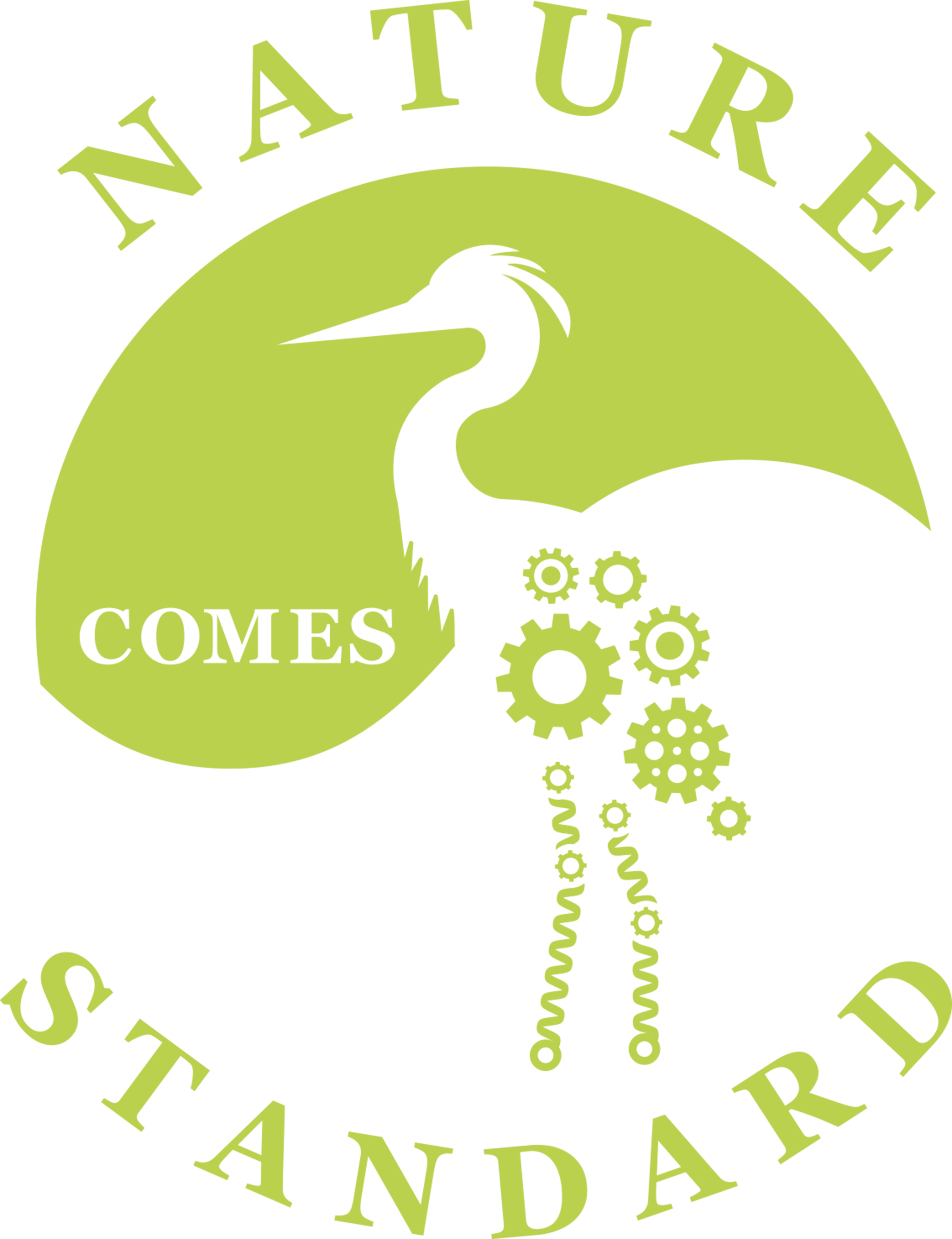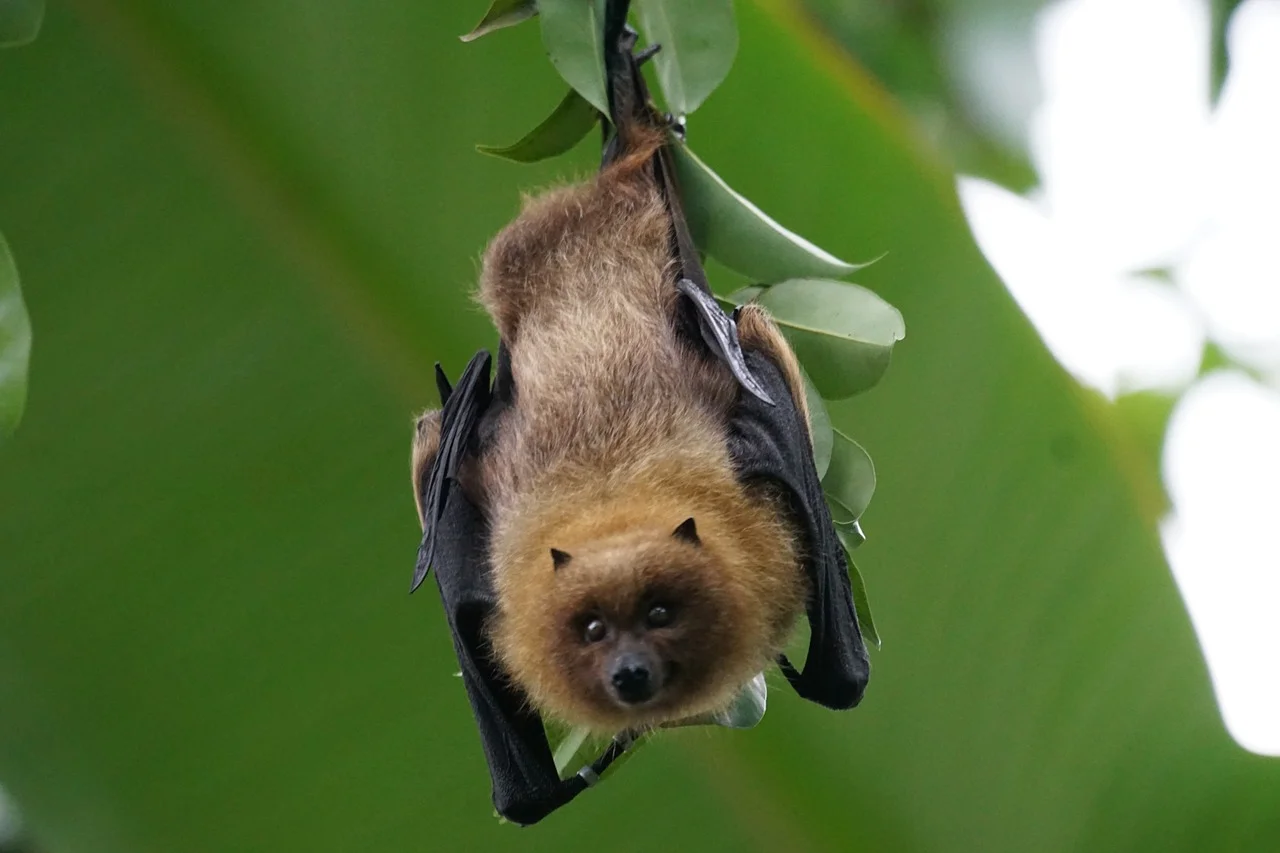Snout Sensors of the Peculiar Platypus and Echidna

When much of the Northern Hemisphere is wintering, Australia, amid Summer, supports numerous unique organisms unique. Engineers interested in automotive innovations may, with the help of a biomimic, learn much from a deep dive into Australia's wildlife. An electrical engineer designing the next generation of automotive sensors may be particularly interested in two egg-laying mammals: one covered in quills and one that has a duck-like bill.
The quill-bearing echidna forages for insects in the soil, using its unique snout to sense its prey's vibrations. The duck-bill platypus uses its bill to search for food in the bottom of ponds and rivers. Both animals have evolved pimple-like, mechanical, and electrical receptors on their snout. A prey's movement creates a vibration that acts upon these nanoscale columns like an internal combustion engine's pushrod. The pushrod transmission creates an electric pulse and force in a mechanoreceptor, creating a similar sensation as a human's fingertip.
The platypus pushrod (Fig. 1) can move in both an up-down direction (compression) and a 360-degree direction parallel to its skin surface (bending). The platypus can also restrict the pushrod's movement underwater versus air to alter the different medium's mechanical response.
Figure 1: Platypus pushrod sensor cross section.
The echidna pushrod (Fig. 2) only moves in the up-down direction (compression) and does not have the restriction function seen in the platypus. Like counting the time delay between a lightning flash and a thunder boom, both the platypus and echidna can sense a prey's distance and speed.
Figure 2: Echidna pushrod sensor cross section.
For millions of years, Nature has evolved these two different sensors for their particular applications. A suspension component engineer could incorporate the platypus' sensor lessons into a new adaptive shock absorber. Perhaps an automotive engineer could integrate a new echidna-inspired ADAS component design into a future autonomous vehicle. With the number of sensors in a car increasing every year, biomimicry could likely be the source of an innovative leap in sensor technology.








